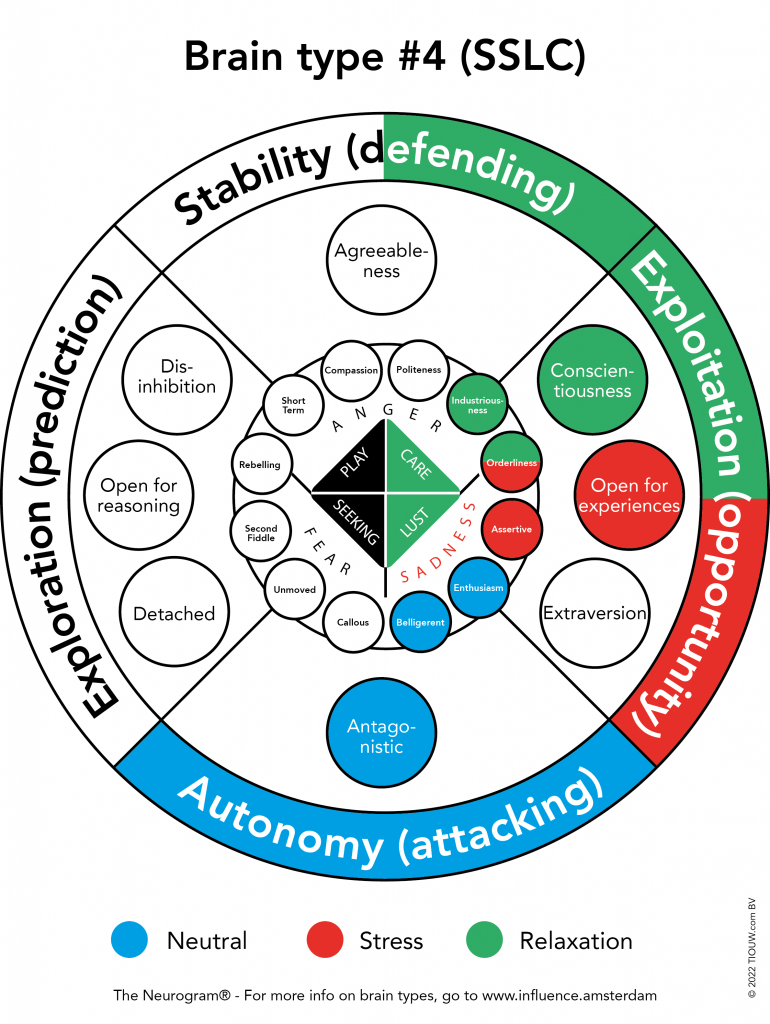How is it possible that big-name clubs suddenly experience a bad season, or even face relegation? In part, this can be attributed to bad luck. However, poor seasons typically result from the accumulation of risks. There are many different types of risks, and clubs need to be mindful of all of them. Yet, most clubs are primarily focused on pursuing success in sports or securing significant transfers. Only the smallest and weakest clubs put substantial effort into staving off relegation, while all others tend to aim higher rather than guard against potential failures. This optimistic approach, although commendable, is a risk in itself.
The problem with risk is that most people underestimate the cumulative impact of many small risks. Every decision a club makes carries an inherent risk. Each decision either increases or decreases the chance of a bad season, and the negative consequences of poor decisions may not surface within the same season the decisions are made. Let’s say a club has a 5% chance of a bad season; this means that the club, on average, faces a poor season once every 20 years. If this implies relegation, the repercussions could be significant. Risk equals chance multiplied by consequences. So, a 5% chance of a bad season with enormous negative consequences constitutes a substantial risk. If a club’s decisions within a season increase the chance of a bad season from 5% to 8%—a seemingly small increase—the club will experience a bad season once every 13 years on average. This underscores the fact that running a club is exceptionally challenging, as the margin for error is incredibly small.
In regular companies, a bad season typically translates into reduced revenue, but often there’s ample opportunity to rectify the situation. Consequently, the negative consequences of a poor season for most businesses are much less severe than for sports clubs. This also means the risks are considerably smaller, illustrating the complexity of managing a club compared to running a typical business.
A list of risks
Structural risks
Complex Systems Science (CSS) and the Viable System Model (VSM) demonstrate that to manage the world’s complexity and ensure viability, every system—including clubs—must consider both running the business and developing the business. For the sporting aspect of a club, this implies that the first team staff is responsible for running the business, while the scouts handle the developing of the business.
Running the business entails striving for maximum efficiency, addressing present needs, and maintaining an inward perspective. This aspect of the business typically has a much shorter time horizon than business development. Efficiency means doing what we do well. For the first team that means playing as good football as possible.
On the other hand, developing the business is about fostering adaptability to equip the club to navigate changes both internally and in the external environment. It involves an outward-looking approach, prioritizing effectiveness over efficiency and engaging with the world outside the club as well as considering future implications. Effectiveness means researching whether what we do is the right thing to do. For the scouts that means how can we hire players to bring the club to the next level.
Structurally, every club faces two beneficial choices and one detrimental choice. The beneficial choices are as follows: either the manager of the first team also assumes responsibility for scouting and recruiting new players, or there is a clear delineation of duties between the sporting director—who handles scouting and recruiting—and the manager of the first team, who ensures that the team performs to the best of its potential. The bad choice is to have a sporting director who formally is responsible for scouting and recruiting, but who in reality is overruled by the manager of the first team. This increases risks as now the short term interest of the first team might overrule the long term interests of the club.
Procedural risks
Great scouts and sporting directors excel due to the comprehensive understanding of the game and the club they maintain in their heads. This means they are adept at making crucial decisions even in high-pressure situations. However, this approach does present a risk. People often overestimate their skills and underestimate the role of good fortune, while simultaneously underestimating their errors and attributing too much to bad luck. The best way to counter this risk is to establish clear procedures and adhere to them consistently.
The risk of success
Football is an immensely rewarding game when you achieve success, either sportingly or in terms of significant profits from a substantial transfer deal. Owing to positive reinforcement, we tend to do more of what rewards us and less of what leads to punishment. Therefore, if we achieve success through risk-taking, our brain becomes inclined towards further risk-taking—a risk in itself.
Let’s take a scenario where a sporting director hires a player that poses a greater risk than usual. However, everything goes well, and the club reaps an unexpected windfall from a multimillion-dollar transfer. Spurred by this success, the sporting director aims to replicate it and hires a player presenting an even bigger risk. This player doesn’t match the success of the first player, but neither does he cause significant issues for the club. Due to the lack of success, a so-called ‘extinction burst’ occurs. This is when someone tries exceptionally hard to replicate a previous success. As a result, the sporting director hires three more players who pose even greater risks. Unfortunately, everything falls apart, and the club suddenly faces serious problems. Everyone is taken aback by this development, but it could have been easily predicted due to the success of the first player, who was initially deemed a risk too large.
Lack of risk management
Risk management aims to reduce risk, and establishing such a system for clubs can be straightforward. It can be as simple as keeping track of how many sources, both within and outside the club, agree with a decision. Suppose a club has five scouts, a first-team manager, and a sporting director. If all seven agree that a player is highly likely to contribute positively to the club, the risk associated with hiring that player is lower than if these sources disagree among themselves. To prevent a large number of scouts from overruling the first-team manager, one could structure risk management in a more balanced manner. However, the basic idea remains: the more people in agreement, the smaller the risk.
Lack of measurement
Some individuals are averse to data analysis. While many criticisms can be leveled at the way data analysis is conducted in football, completely ignoring data also presents a significant risk. Strikingly, despite the vast amount of data collected on footballers’ performances, almost no club is measuring the performance of their scouts, recruiters, first-team managers, or sporting directors. Yet, setting up such measurements can be relatively simple.
Essentially, you ask every person involved in the scouting and recruiting process to predict how a new hire will perform at the club. Then, after each season, you assess whether that player has been a success or not. Finally, you measure the gap between the predictions and the player’s actual performance. These results are then fed back into the risk management system, assigning more weight to individuals who are good at predicting and less weight to those who are not as accurate. This approach enhances the system’s overall predictive power.
The risk of inconsistency
Some players exhibit remarkable consistency throughout their career, while others show marked inconsistencies. Data provides the most systematic method of assessing a player’s consistency. While live and video scouting can also offer insight into a player’s consistency, these methods are less systematic. The least risky players to recruit are those who consistently perform at a high level. Conversely, players who perform inconsistently pose a greater risk, and those who consistently underperform are the riskiest.
The risk of personality
The Cybernetic Big Five Theory posits that personality, as we typically understand it, doesn’t really exist. Instead, what we refer to as personality is in actuality innate evolutionary behavioral patterns. Similarly to the existence of different body types in players, there are also different ‘brain types.’ Interestingly, some brain types may initially react adversely to each other. If aware of this, it’s something that can be overcome easily. However, if this is not understood, and there’s an adverse reaction in the brain of the team manager, he might misinterpret this negative feeling as an intuition not to start with that particular player. This misunderstanding can result in a suboptimal starting XI, hinder the player’s development, and lead to a loss of value for the club.
Risk management
Besides utilizing all the available internal and external resources for risk management, it’s also essential to explicitly address the aforementioned risks during player recruitment. This can be achieved in the following manner:
| Risk | Player A | Player B | Player C |
| Structural risk (did the manager of the first team influence the decision beyond his mandate?) | |||
| Procedural risk (did we follow our own procedures?) | |||
| Risk of Success (are we overestimating ourselves due to past success?) | |||
| Lack of risk management (how many sources think recruiting this player is a good idea?) | |||
| Lack of measurement (did we use data to analyse the players and did we use a weighted risk management model based on the measurement of our scouts?) | |||
| Risk of inconsistency (did we check the player’s career for consistency?) | |||
| The risk of personality (do we know whether the player’s personality fits the team and the staff?) | |||
| Total risk |








